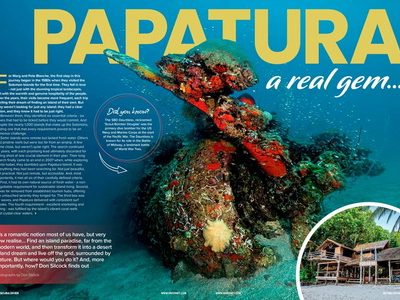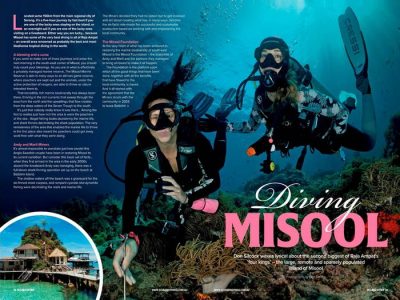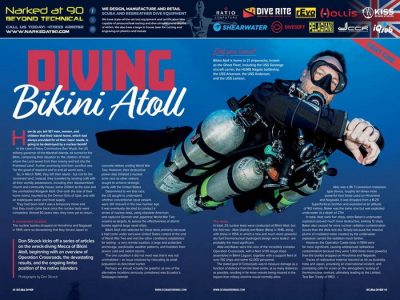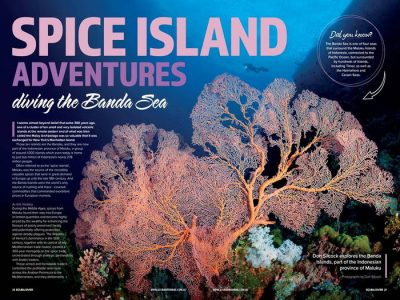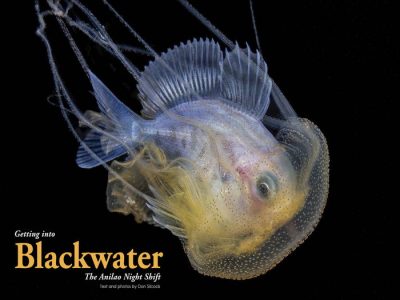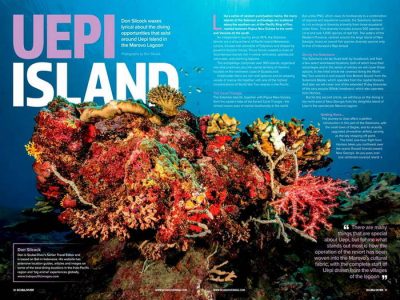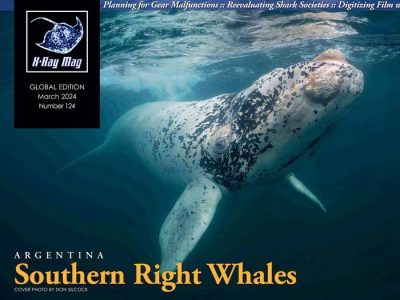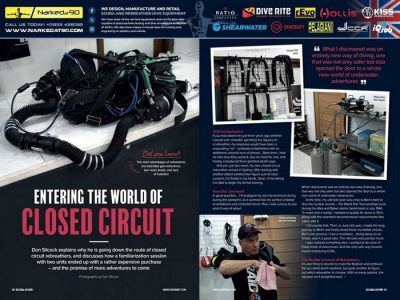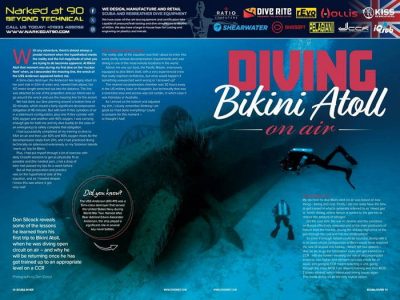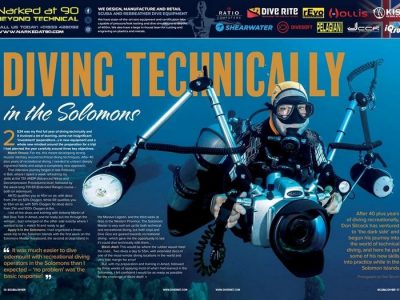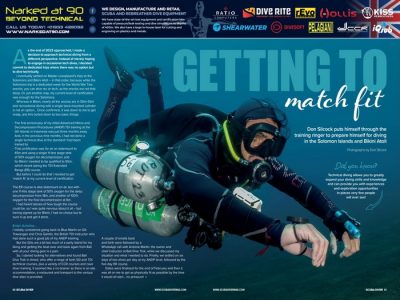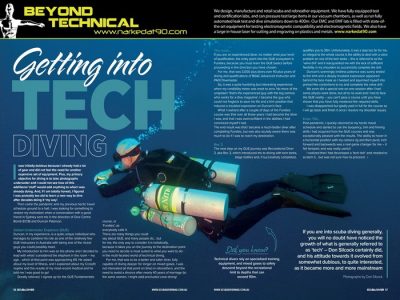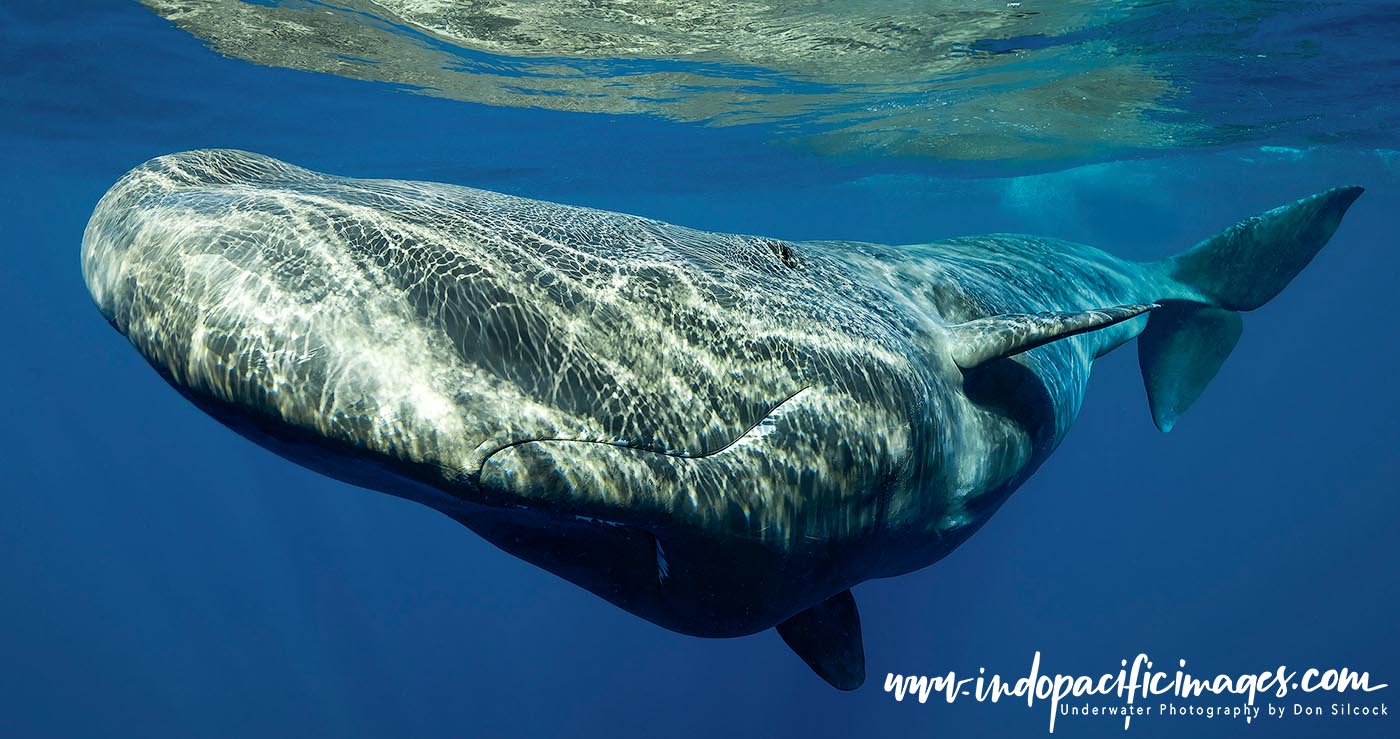
Welcome to Indopacificimages, the website of Bali based Australian underwater photographer and storyteller Don Silcock.
Don is a SEACAM Ambassador who specialises in exploring and documenting the remote frontiers of our oceans. Through his images and narratives he connects history, conservation, and personal experience to inspire appreciation and protection of the marine world.
This site is best viewed on a desktop and there is nothing for sale and no adverts.
The content is simply Don sharing experiences and lessons learned from his many journeys.
NEW… The Sperm Whales of Dominica
The sperm whales of Dominica are among the most charismatic and compelling marine animals on the planet — giants of the deep whose presence feels almost mythic. Dominica, the rugged “Nature Island” of the Caribbean, is one of the few places on Earth where these whales live year-round, offering a rare and intimate window into the lives of a species that usually inhabits the vast, inaccessible open ocean.
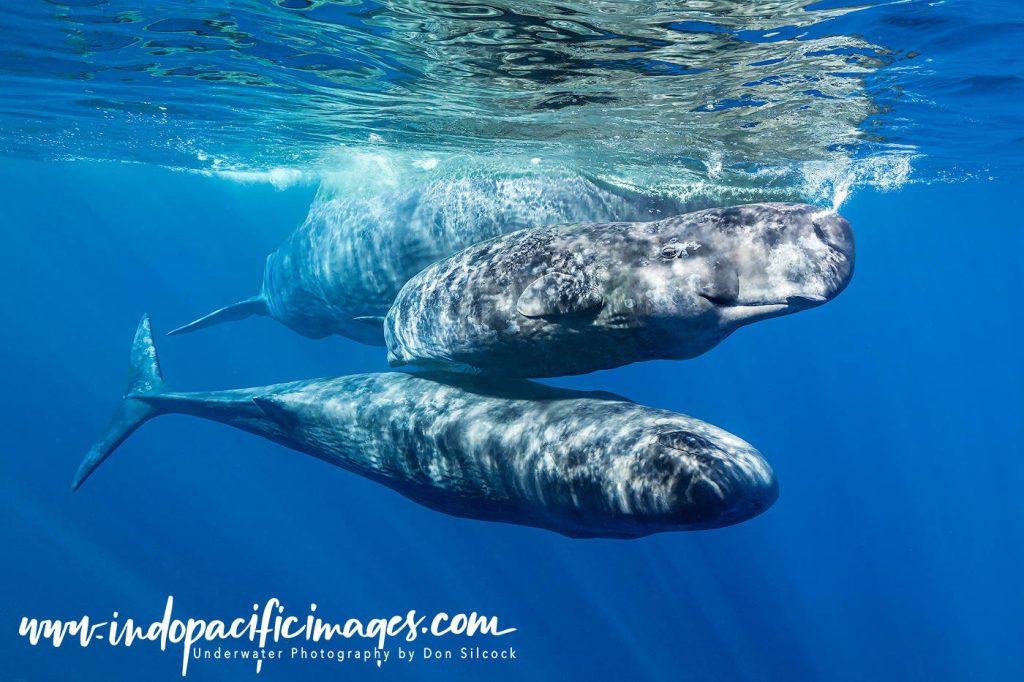
Here, steep underwater drop-offs lie just a few hundred metres from shore, creating a perfect sanctuary for Physeter macrocephalus. Females, juveniles, and young males form tight-knit family units in Dominica’s deep blue canyons, diving for squid hundreds of metres below before returning to rest, socialise, and raise their calves at the surface. For those privileged enough to witness it, encountering these whales is profoundly moving — a meeting defined not by adrenaline, but by a quiet, humbling sense of connection.
My own journey to swim with the sperm whales of Dominica took years, shaped by failed attempts, rough seas, fleeting sightings, and a persistent desire to understand these remarkable animals on their own terms. When it finally happened, the experience was far more powerful than I could have imagined: the deep, rhythmic clicks of echolocation; the slow, deliberate movements of a whale assessing my presence; and the unmistakable sense of intelligence in that single, dark eye.
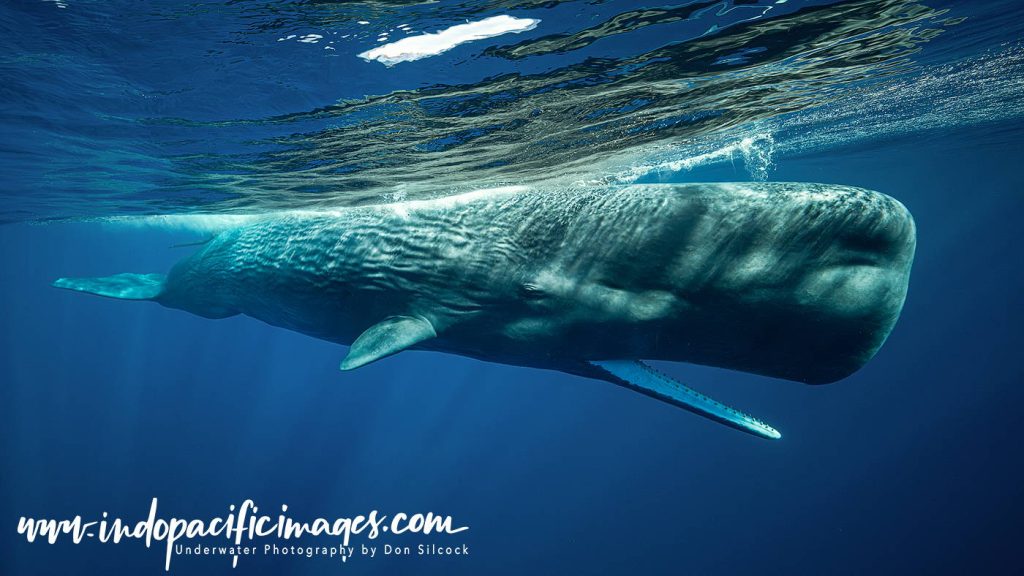
This introduction leads into a detailed feature article that explores Dominica’s resident whale population, their social dynamics, conservation challenges, and what it feels like to meet one in the water. If you’re drawn to the ocean’s great mysteries — or planning your own pilgrimage to see the sperm whales of Dominica — you’ll find the full story on this link.
NEW… Diving the Solomon Islands
Diving the Solomon Islands… Remote, rugged, and astonishingly rich in marine life, the Solomon Islands remain one of the last truly wild frontiers of the Indo-Pacific. Here, far from the well-worn tourist circuits, you’ll find an underwater world that feels untouched — a place where pristine coral gardens, dramatic drop-offs, and WWII wrecks lie scattered across an archipelago of more than 900 islands.
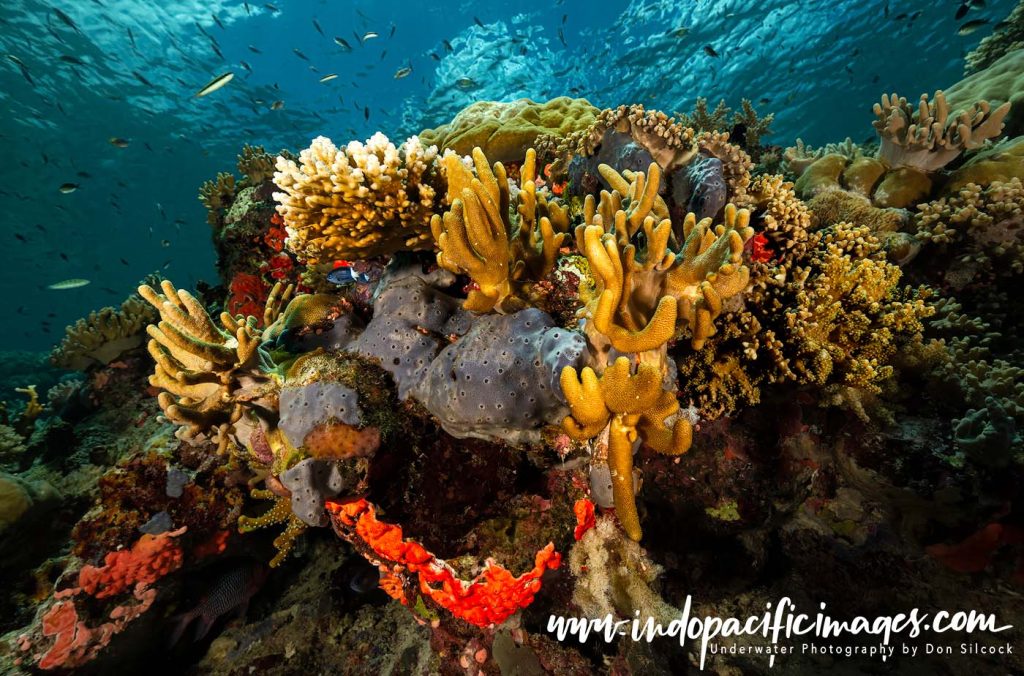
Situated on the eastern edge of the Coral Triangle, the Solomon Islands hold some of the richest marine ecosystems on the planet. Expect everything from hard-coral plateaus and soft-coral walls to schooling jacks, barracuda, reef sharks, and the occasional pelagic visitor sweeping in from deep water.
Layered over this is a legacy from World War II now resting on the seafloor — iconic wrecks, downed aircraft, and entire ships preserved by warm tropical waters. Nowhere else in the Indo-Pacific delivers quite the same balance of thriving reefs and dramatic wartime relics.
But, perhaps one of the Solomon Islands’ true luxuries is space. The reefs are healthy, the dive sites are uncrowded, and the sense of adventure is ever-present. This is diving as it used to be — intimate, personal, and often astonishingly beautiful.
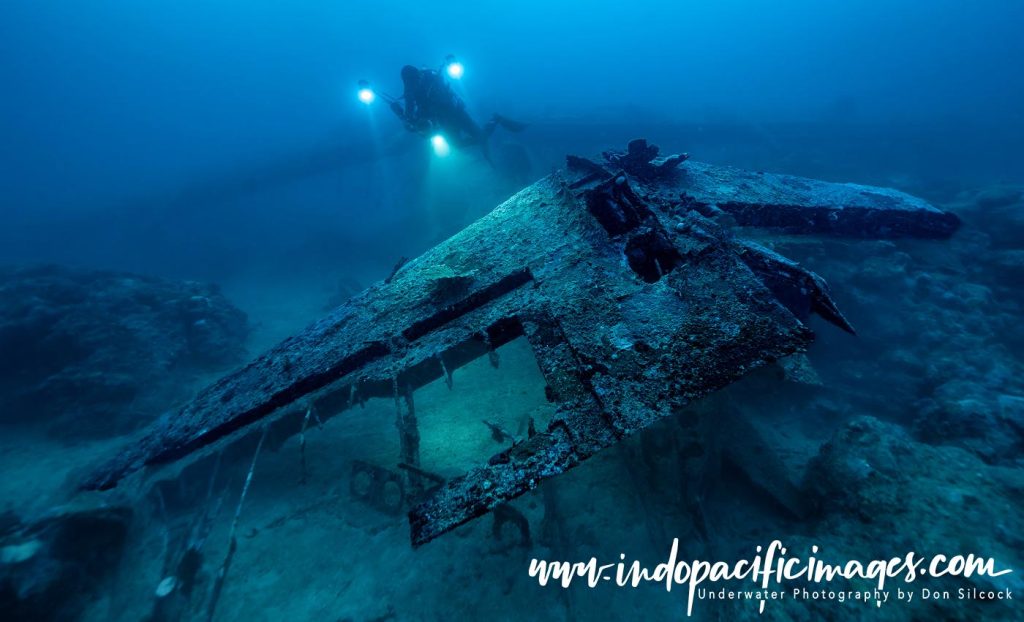
The Solomon Islands’ reefs remain healthy thanks to low tourist pressure and community-based stewardship. Visitors have opportunities to experience local Melanesian culture — a vital dimension of any trip here — and to support locally-run resorts and dive operations that contribute directly to conservation and sustainable practices.
Last year I spent a total of six weeks in the Solomons and dived all the main locations, plus trips on both the liveaboards that operate there – all for a series of articles for Scuba Diver magazine. I have now collated all that information in to a Guide to Diving the Solomon Islands.
NEW… Blackwater Diving in Anilao
Blackwater diving is truly one of the most unique, almost otherworldly experiences you can have underwater. It’s not a night dive in the traditional sense, which are typically conducted in sheltered and relatively shallow locations with no current. Instead, blackwater diving takes place far from shore, in open oceans or large bays, over deep water, often hundreds of metres deep. What makes this experience so unique is that it opens a brief but extraordinary window into a realm few people even know exists.
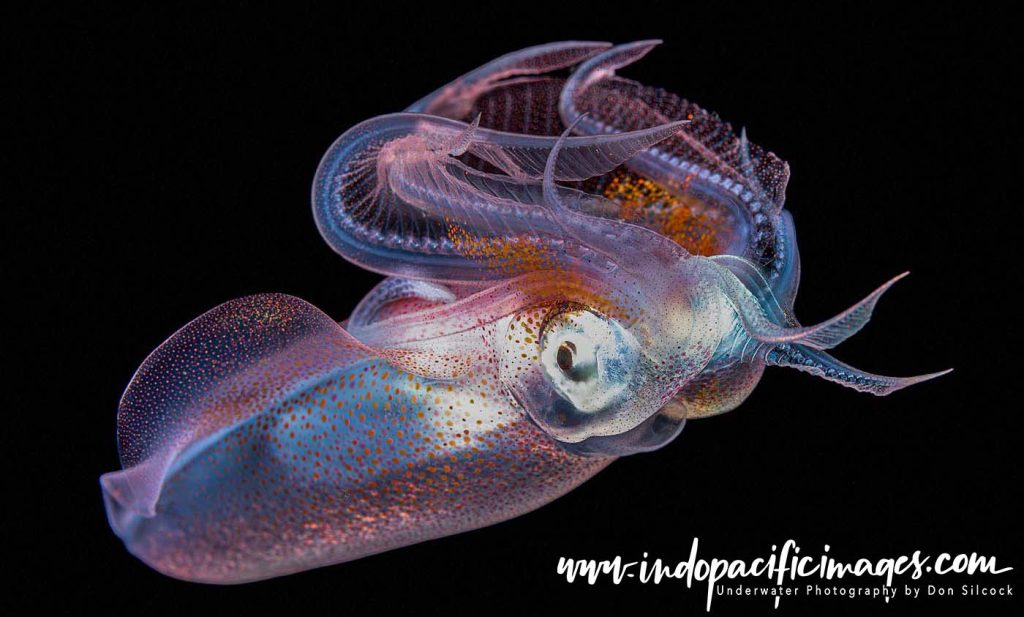
Every night, billions of planktonic organisms and juvenile pelagic creatures ascend towards the surface in what scientists call the diel vertical migration (DVM). The DVM is the largest mass movement of life on Earth. Those organisms and creatures rise up, under the cover of darkness, to feed in the nutrient-rich upper layers, then retreat back into the depths with the dawn.
Blackwater diving first gained popularity in the USA, initially in Hawaii and then in Florida. In the Asia-Pacific, Anilao in the Philippines has become the place for blackwater diving and in February 2024 I made my first trip there. It took some getting used to but by the third night I had got my head around it and was truly hooked, as the underwater photography potential of the encounters that are possible is truly amazing!
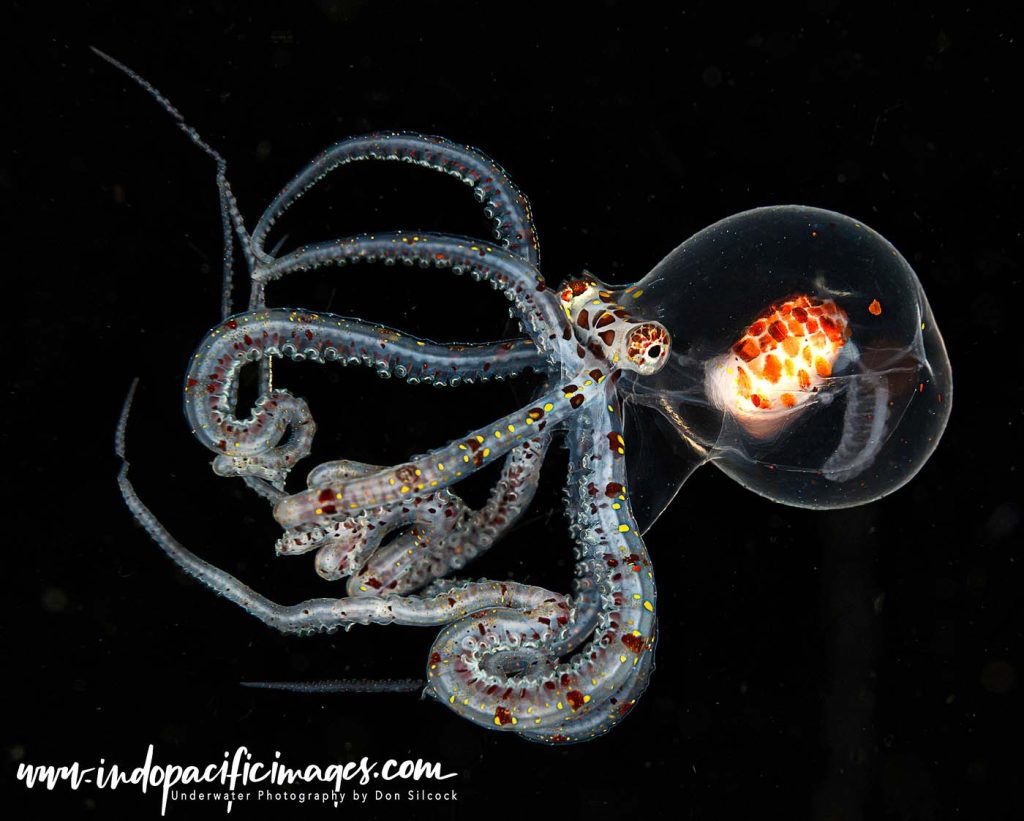
One year later I went back for a second round… It’s not for everyone as it challenges both your comfort zone and your perception. But if you are looking to capture different images, you really do need to try it. I documented what I learned on both trips to Anilao in articles that were published in X-Ray magazine and you can read more on this link to Blackwater Diving – Truly Unique.
Latest Articles
Diving Papatura – A Real Gem!
Diving Papatura – a Solomon Island’s Gem… It’s a romantic notion most of us have, but very few realise. Find an island paradise, far from the modern world. And then transform it into a desert island dream and live off the grid, surrounded by nature. But where would you do it? And, …
Diving Misool in Raja Ampat
Misool Scuba Diving… The second king – Misool, the large, remote, and sparsely populated island that is the second biggest of Raja Ampat’s “four kings”. It is said that the name Raja Ampat derives from the local folklore story of a woman who finds seven eggs. Four of which hatched and the …
Diving Bikini Atoll – It’s Complicated
Diving Bikini Atoll… How do you tell 167 men, women, and children that their island home, which had always provided for all their basic needs, is going to be destroyed by a nuclear bomb? In the case of Navy Commodore Ben Wyatt, the US military governor of the Marshall Islands, he turned to the Bible. …
Diving Baja California
Diving Baja California… Bounded to the north by the US state of California, to the west by the Pacific Ocean. And to the east by the Sea of Cortez, the long and narrow Baja California peninsula is one of Mexico’s most visually spectacular and intriguing locations. Despite its arid climate, Baja California boasts some …
Diving the Banda Sea
Diving the Banda Sea… It seems almost beyond belief that some 360 years ago, one of a cluster of ten small and very isolated volcanic islands at the remote eastern end of what was then called the Malay Archipelago, was so valuable that it was exchanged for New York’s Manhattan Island. Those …
Blackwater Diving – The Anilao Night Shift
Getting into Blackwater Diving… The images are what first grab your attention! Seemingly alien creatures floating in the dark of night, long after most people have called it a day. These strange forms, illuminated by light against the blackness of open ocean, seem otherworldly. What are …
Diving Uepi Island in the Marovo Lagoon
Diving Uepi Island… The journey to Uepi is a truly wonderful introduction to the Solomon Islands. The short, one-hour flight from Honiara takes you northwest over the scenic Russell Islands and onwards to the large island of New Georgia. From the air, you’ll glimpse rainforest-clad islands encircled by …
Southern Right Whales of Peninsula Valdés
Southern Right Whales of Peninsula Valdés – The key lies in how you enter the water… Slip ever so gently over the side and swim quietly toward them, always approaching from the front so that the mother can see you coming and assess the level of threat. The mother, ever vigilant for potential orca attacks …
Technical Diving – A Late in Life Guide…
CCR Training – Crossing the Rubicon
CCR Training… After decades of diving open circuit and thousands of hours underwater with scuba tanks, I finally decided to cross the line that divides recreational diving from full-on technical diving: rebreathers. Closed-Circuit Rebreathers (CCRs) have always kind of intrigued me, with their …
Try CCR – Should You Go There?
Try CCR… If you had asked me just three years ago whether I would ever consider spending five figures on a rebreather, my response would have been a resounding no. Back then, I had no idea how they worked, saw no need for one. And frankly considered them glorified death traps. And yet, just …
Diving on Air at Bikini Atoll
Diving on Air at Bikini Atoll… With any adventure, there’s almost always a pivotal moment when the hypothetical meets the reality. And the full magnitude of what you are trying to do becomes apparent. At Bikini Atoll that moment was during my first dive on the “nuclear fleet”. When, as I …
Diving Technically in the Solomon Islands
2024 was my first full year of diving technically and it involved a lot of learning. Some not insignificant “investment” (expenditure…) in new equipment and a whole new mindset around the preparation for a trip! I had planned the year carefully around three key objectives: Match Fitness For me, this …
Technical Diving Match Fitness
Technical Diving Match Fitness… As the end of 2023 approached, I made a decision to approach technical diving from a different perspective. Instead of merely hoping to engage in occasional tech dives. I decided to commit to dedicated trips where there was no option but to dive technically. I …
Getting into Technical Diving
Getting into Technical Diving… If you are into scuba diving, you will no doubt have noticed the growth of what is generally referred to as “Tech”. I certainly have and my attitude towards it evolved from somewhat dubious, to quite interested, as it became more and more mainstream. I was …

